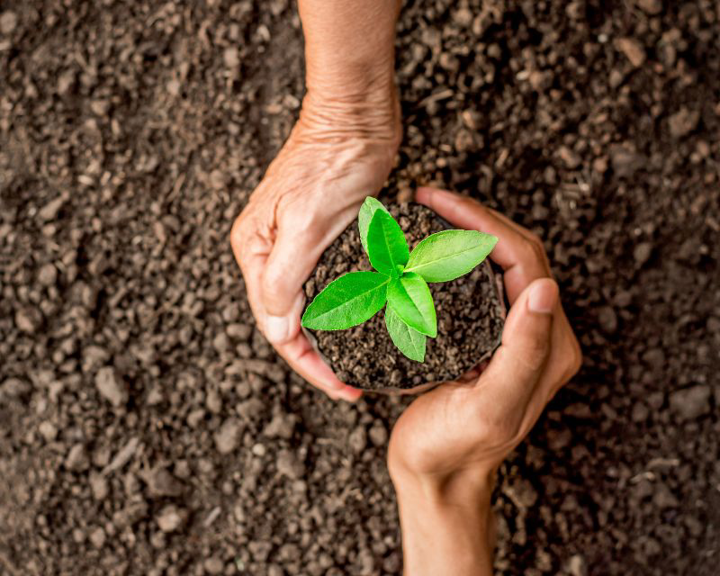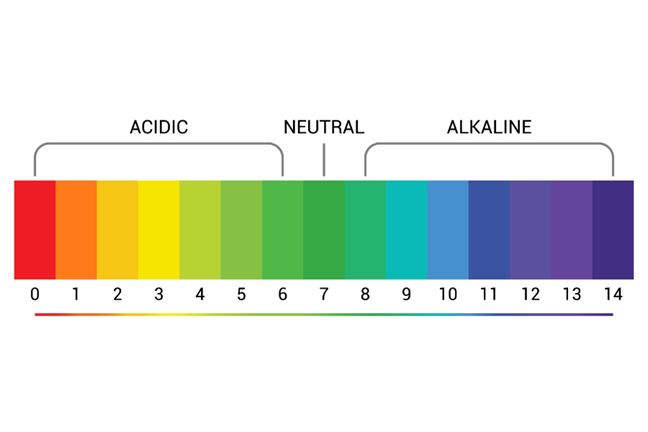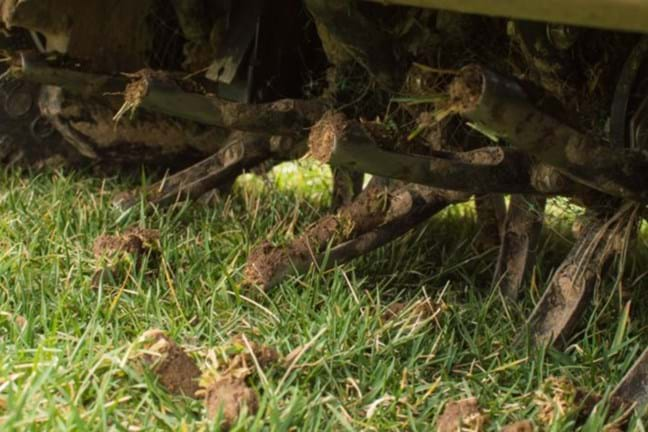5 Tips to Get Your Soil Healthy & Plants Thriving
Healthy soil means healthy and thriving plants. If you want your plants to grow, have fewer pests and diseases, and produce more and better fruit and flowers, the first place to start is the soil. There are five main things your soil needs to be healthy.

















